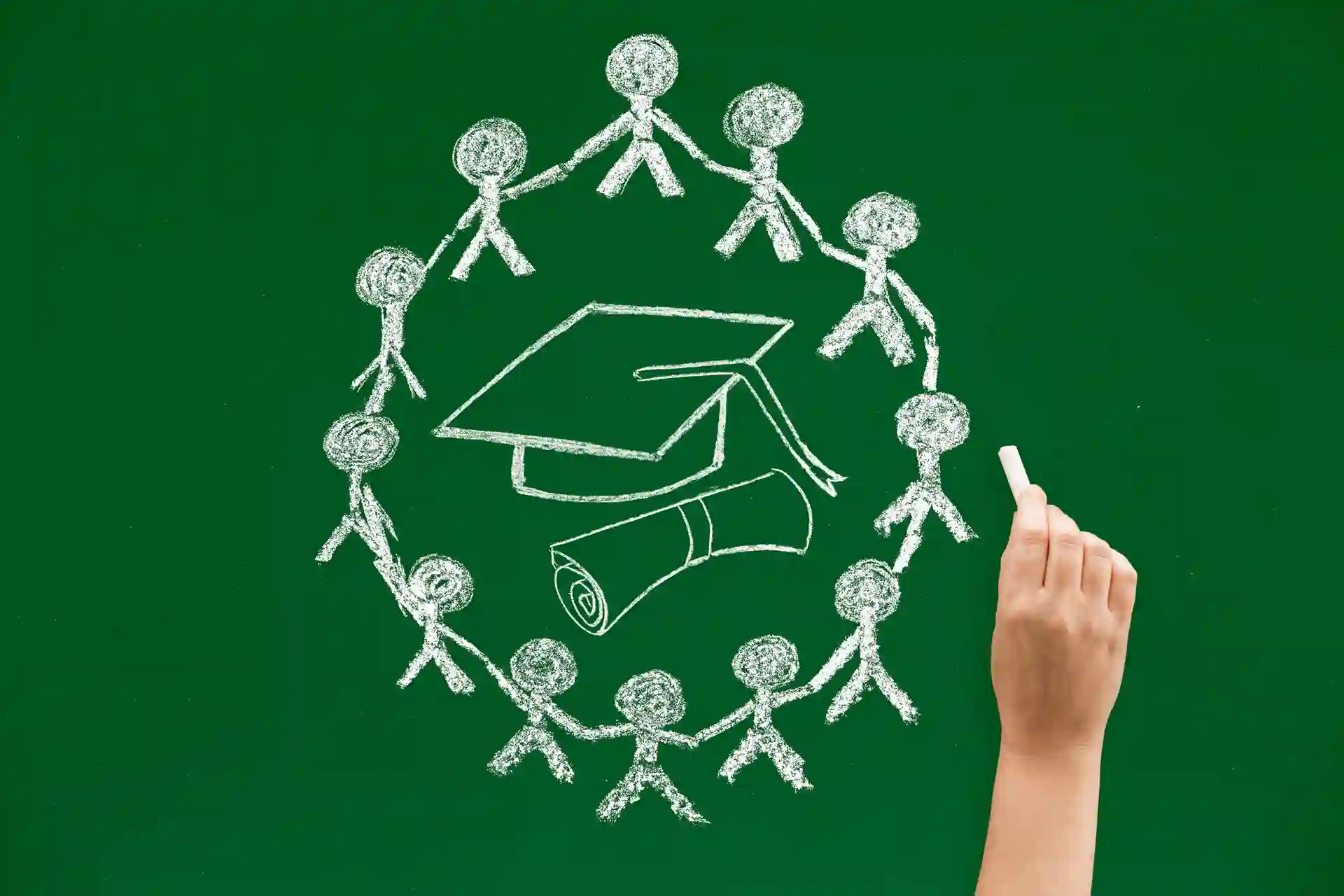This blog is the second in a 5-part series that YouthxYouth has collaborated on with SecondMuse's program, Headstream, to support uplifting the wisdom from Co-creators within Headstream’s Youth Collective program, the Co-Creator Club.
You open the chat and type:
hey
don’t really know why I’m here
just needed someone to talk to
The bot replies instantly. Warm, attentive, always available. It’s not real, but it feels better than nothing.
And for a growing number of young people, that’s enough.
As loneliness rises and mental health support becomes harder to access, some are turning to AI chatbots not out of curiosity, but comfort.
So what does it mean when the place that feels safest is not a person, it’s a piece of software?
Professor Tony Prescott is a cognitive robotics researcher at the University of Sheffield. He believes AI could offer a kind of emotional stepping stone, especially for people teetering on the edge of social withdrawal. Instead of seeing it as a way to replace human connection, he sees it as a bridge. Something that can offer practice, structure, or even comfort in moments where human support feels too far away.
And for some young people, it really is that simple. The bot doesn’t judge, it doesn’t ghost, it doesn’t ask for too much in return. In moments of stress, it responds instantly: calm, warm, and attentive. What more can a human seeking connection want? Even if the connection they are seeking is one-sided and artificial.
The problem, however, lies not in the fact that young people are turning to chatbots. The problem is that they have no one else to turn to.
According to the U.S. Surgeon General, in-person friend time among young adults has dropped by 70% in the last two decades, and more than half of Americans report feeling lonely regularly. Loneliness isn’t just a feeling; it’s a health risk. It’s been linked to higher rates of anxiety, depression, stroke, heart disease, and even premature death.
So when a chatbot becomes the first place someone turns, it’s not a glitch in the system. It’s a warning.
It’s not just about being alone, it's about not being recognized, not feeling seen, valued or connected in the ways that make us human. AI can somewhat simulate that recognition. It mirrors your words back, responds with empathy-shaped sentences, and even reassures you in ways that feel real enough. Beneath the surface, it’s an empty void. There is no true understanding, no memory of who you are, no human context. Just a reflection of what you’ve already put in.
But comfort isn’t the same as care, and that’s where the risks begin to show.
Therapy is a well-tested approach to helping people deal with mental health challenges, yet research has shown that nearly 50 percent of those in need of therapeutic services are unable to get the help they need, which has led to the replacement of therapy with artificial intelligence. Therapists have already started to see the consequences of what happens when chatbots step into the role of a confidant. The replacement of therapy with artificial intelligence can foster emotional dependence, creating unrealistic expectations for human relations, potentially leading to social isolation.
For instance, AI is designed to be positive and affirming. It rarely pushes back or disagrees. So, a mistaken self-diagnosis or even a dark thought can be echoed back to the person chatting on the other side of the screen as if it’s true, creating a pattern of reinforcement. For someone who is already vulnerable, this can deepen anxiety, entrench misunderstanding, or even make mental health patterns worse.
During adolescence and early adulthood, the most formative years of life, identity is developed. This is when identity is shaped most by connection: friends, mentors, and peers who help you grow. So without human connection, what’s left? Something researchers call digital loneliness. The idea of being technically connected, yet fundamentally alone.
And this is where the risks shift from individual to generational.
Mental health is not just about having an outlet; it is about being recognized, supported, and shaped by real relationships. Without that, comfort can become dependence. Relief can blur deeper struggles. And a chatbot that feels like a friend can quietly take the place of the human connections that young people most need to thrive.
Youth mental health is no longer being shaped only by stigma or limited access to care. It’s being shaped by technologies that offer connection without community, conversation without relationship, and empathy without depth, creating a cycle of emptiness.
So when you close the chat, all you are left with is loneliness, craving for the silence to be filled.
.jpg)





Comments